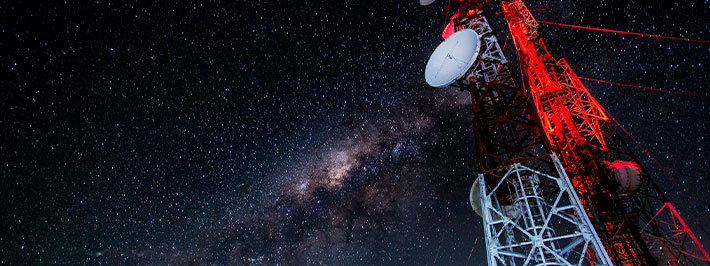
A radio signal from an exoplanet is detected for the first time
In a step towards a better understanding of exoplanets: radio waves have been detected for the first time, coming from a gas giant located outside the solar system, indicating the presence of a protective magnetic field, according to a study.
The signal was observed by the European LOFAR radio telescope, a network of 50,000 antennas spread across Europe and operating at very low frequencies, an energy field that is still little exploited.
The show comes from a well-known system, Tau Bootis, located 50 light-years away, the "immediate suburb" of our solar system. It contains a double star and a gas giant exoplanet that orbits closely: a "hot Jupiter," called Tau Bootis-b.
The mass and orbit of many exoplanets are already known, but until now there was no way to know whether or not they have a magnetic field. This shield is, protecting the radiation of the stellar winds, around the Earth and "our" Jupiter.
However, the radio program captured by LOFAR "is a very precise signature of the magnetic field", explains Philippe Zarka, from the Paris Observatory - PSL, one of the main authors of the study published this week in Astronomy & Astrophysics.
These waves are very difficult to detect, planetary magnetic fields are generally weak and their emission source distant.
Powerful transmitters
Therefore, the international team that carried out the research observed three extrasolar systems (Tau Bootis, 55 Cancri and Ups) that contain gaseous giants that, being close to their star, are probably powerful emitters.
Taking as a model the radio signal of our Jupiter, attenuated to the maximum, the analysis of one hundred hours of observation argued in favor of the expected signature of Tau Bootis.
"There is a 98% chance that the signal is reliable", says Philippe Zarka, specifying that there is still a slight doubt about the possibility that the signal emanates not from the planet, but from its star. "To be really sure, there should be a 99.9% chance. We will have to continue the observations, which are within our reach," adds the astrophysicist.
If the emission is true, "it would be a first that would validate the radiodetection technique and, therefore, a step towards the characterization of exoplanets", emphasizes the researcher.
Magnetic bubble
Nearly 4,000 exoplanets have been detected since the discovery of the first, 51 Pegasi b, 25 years ago. The existence of a magnetic "bubble" around it is a favorable ingredient for "habitability", that is, conducive to the development of a way of life, adds Philippe Zarka. But there are other criteria, such as temperature, and in this case in Tau Bootis b. it would be too hot for life.